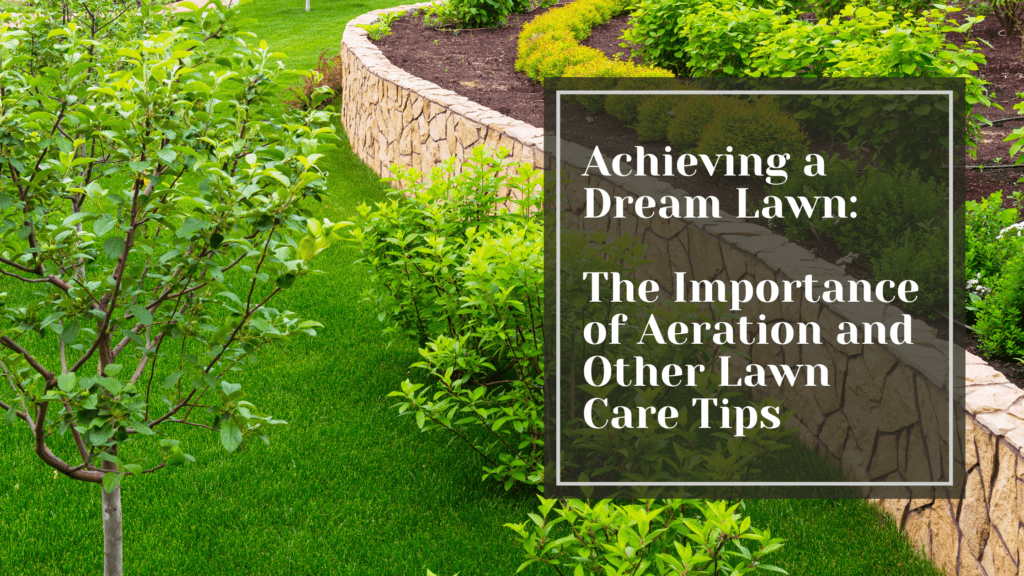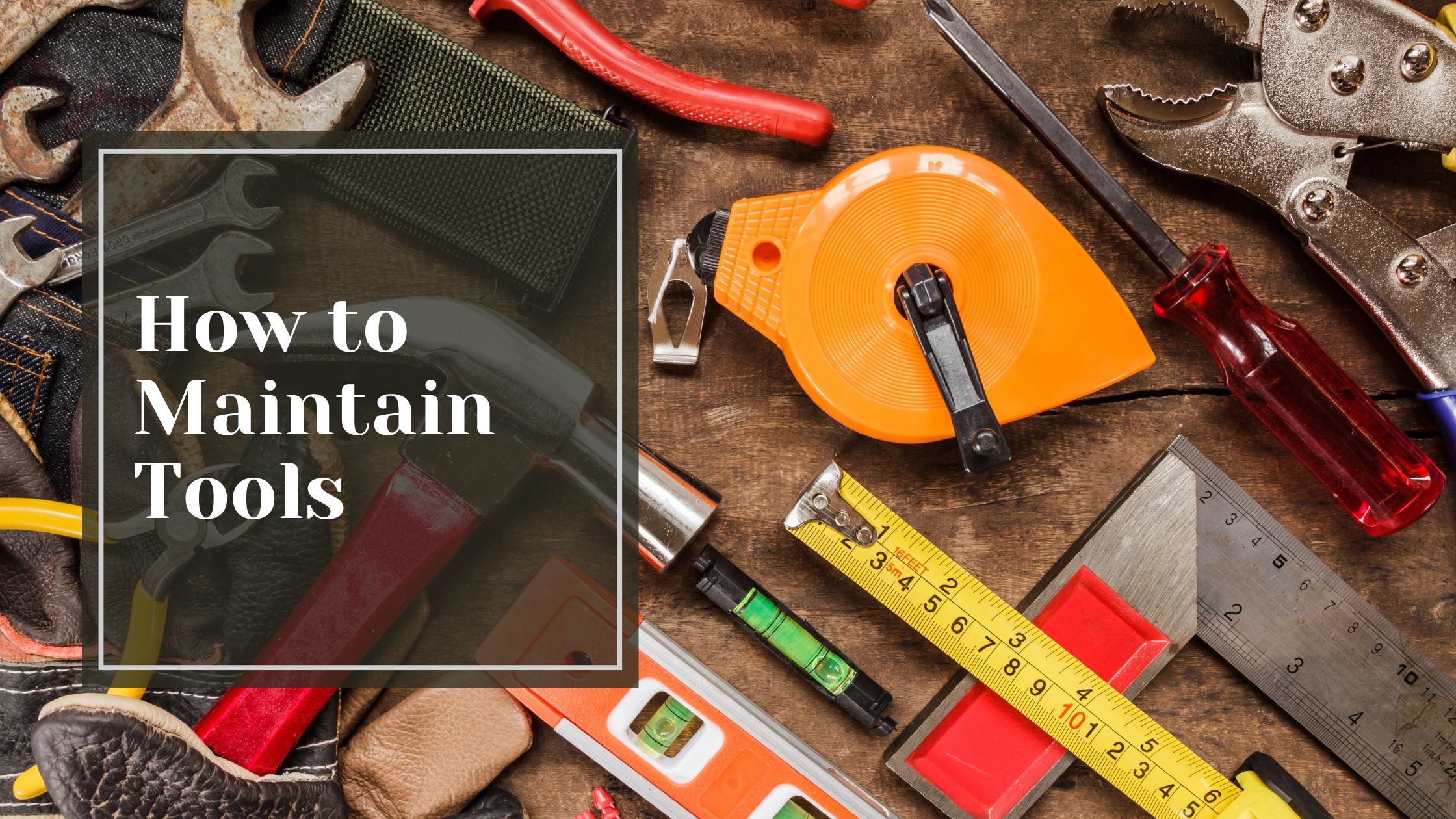Maintaining a beautiful lawn can be a challenging task, but it’s also a rewarding one. A lush green lawn not only enhances the aesthetic appeal of your property but also offers benefits such as providing a natural cushion for your feet, reducing soil erosion, and absorbing pollutants. To keep your lawn healthy, provide proper lawn care and maintenance, including regular mowing, watering, fertilization, and aeration.
Table of Contents
ToggleThe Importance of Lawn Aeration: Dream Lawn
Aeration creates small holes in the soil to allow air, water, and nutrients to penetrate the grass roots. The process involves removing small cores of soil from the lawn, which helps to break up compacted soil and allows the roots to grow deeper. Aeration is an essential part of lawn care, and it offers several benefits that can help improve the health and appearance of your lawn.
You can also use products like Liquid Soil Loosener to achieve aeration in your law. Check out the highest-rated Liquid Soil Loosener on Amazon: Simple Lawn Solutions: Liquid Soil Loosener.
Improving Nutrient and Water Penetration with Lawn Aeration
When soil becomes compacted, it makes it difficult for nutrients and water to penetrate the roots of your grass. Aeration helps to break up the compacted soil, allowing for improved water and nutrient absorption. This means that your grass can access more of the essential nutrients it needs to grow strong and healthy, resulting in a lush green lawn.
Enhancing Soil Drainage and Preventing Water Damage
Compacted soil can also make it difficult for water to drain correctly, leading to standing water and potential damage to your lawn. By aerating your lawn, you can improve soil drainage, allowing water to flow more freely through the soil and reducing the risk of water damage. This can help prevent issues such as fungal growth and soil erosion.
Strengthening Grass Roots by Reducing Soil Compaction
Over time, soil can become compacted due to heavy foot traffic, machinery, and other factors. When soil is compacted, it can prevent the roots of your grass from growing deep into the soil, which can result in weak and shallow roots. Aeration helps to reduce soil compaction by creating small holes in the soil, which allows the roots to grow deeper and stronger.
Boosting Lawn Health and Resilience
Aeration can help improve the overall health and resilience of your lawn. By allowing nutrients, water, and air to penetrate the soil more efficiently, your grass will be better equipped to withstand environmental stressors such as drought, extreme temperatures, and heavy rainfall. Aeration also helps to reduce thatch buildup, which can provide a breeding ground for pests and diseases.
Enhanced Seed Germination Rates
Aeration can help improve seed germination rates if you’re looking to oversee your lawn. By creating small holes in the soil, aeration allows the seeds to come into direct contact with the soil, which provides the ideal environment for germination. Additionally, the holes created by aeration can help protect the seeds from birds and other pests.
Preventing Excessive Thatch Buildup
Thatch is a layer of dead grass and other organic matter that accumulates on the surface of the soil. While some thatch is necessary to protect the soil, too much thatch can prevent water and nutrients from reaching the roots of your grass. Aeration can help reduce thatch buildup by breaking up the layer of organic matter and allowing it to decompose more quickly.
Timing is Key: When to Aerate Your Lawn for Optimal Results
To achieve optimal results, it’s best to aerate your lawn at least once a year, usually during the growing season when the grass is actively growing. The exact timing will depend on your climate and grass type, so it’s a good idea to consult with a lawn care professional for guidance.
Spike Aeration vs Core Aeration
There are two primary methods of aeration: spike aeration and core aeration. Spike aeration involves using a machine with solid tines to poke holes in the soil, while core aeration uses a machine with hollow tines to remove small cores of soil from the lawn. Core aeration is generally considered to be more effective as it removes soil and thatch, allowing for better airflow and water penetration. However, both methods can be effective depending on your lawn’s needs.
It’s important to note that aeration is not a “cure-all” for lawn problems. While it can help improve the health and appearance of your lawn, it’s just one part of a comprehensive lawn care regimen. You should also be sure to properly water, fertilize, and mow your lawn to ensure it stays healthy and green.
Tips for Promoting a Healthy Lawn Year-Round
In addition to regular aeration, a few other things you can do to promote a healthy lawn are:
- Water your lawn deeply but infrequently, allowing the water to penetrate the soil.
- Fertilize your lawn according to the needs of your specific grass type.
- Mow your lawn regularly, but don’t cut more than one-third of the grass height at once.
- Remove weeds as soon as they appear to prevent them from spreading.
- Consider using organic lawn care products to avoid using chemicals harmful to desired vegetation.
By following these tips and incorporating regular aeration into your lawn care routine, you can help promote a healthy, beautiful lawn that you can enjoy all season long.
Importance of Lawn Aeration
Aeration is a truly essential part of lawn care that contributes to the health and appearance of your lawn. By increasing nutrient absorption and soil drainage and improving soil compaction and thatch buildup, aeration greatly majorly enhances overall health and resilience. It can also help improve seed germination and protect your lawn from pests and disease. If you want to keep your yard looking at its best, consider incorporating regular aeration into your lawn care routine.








